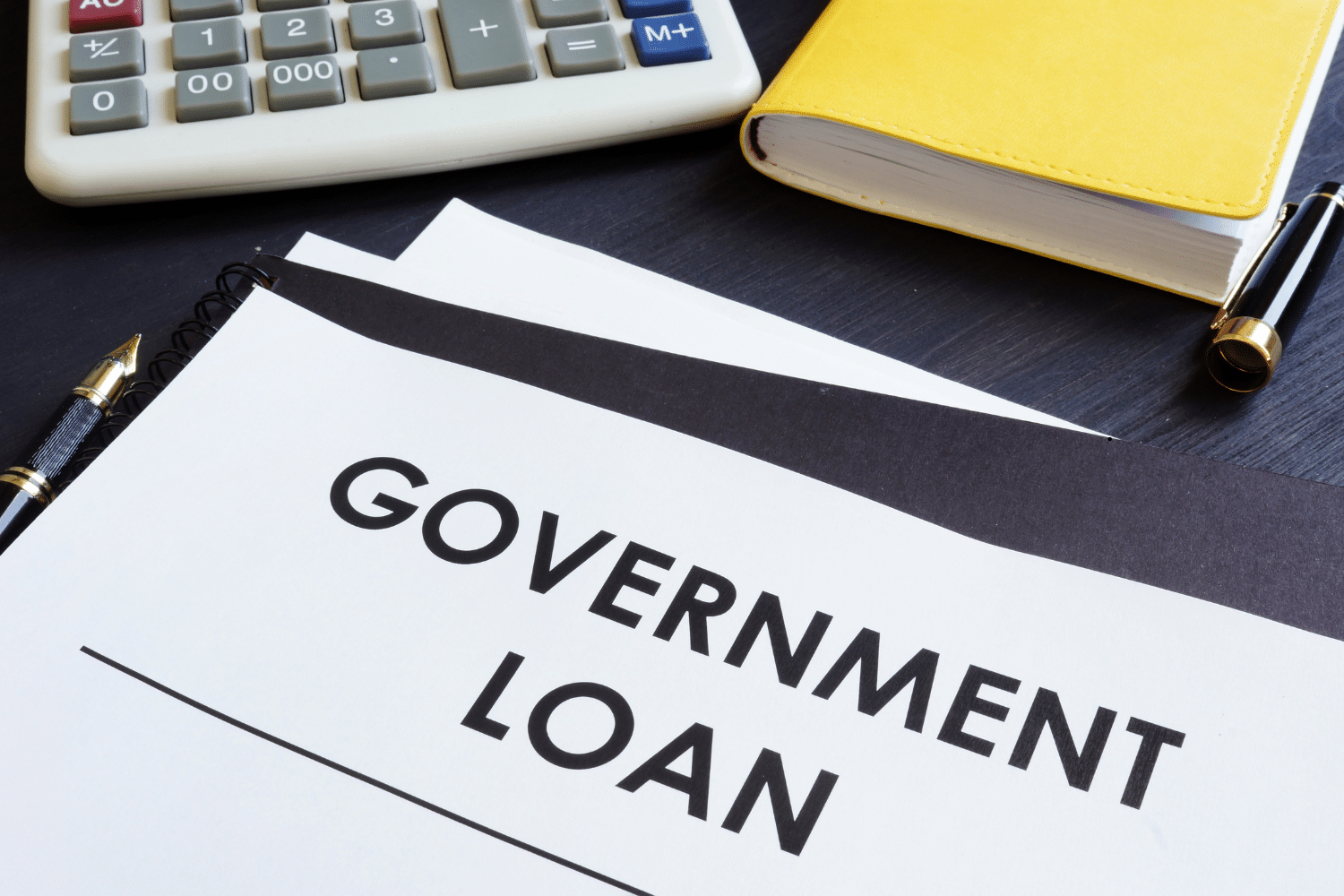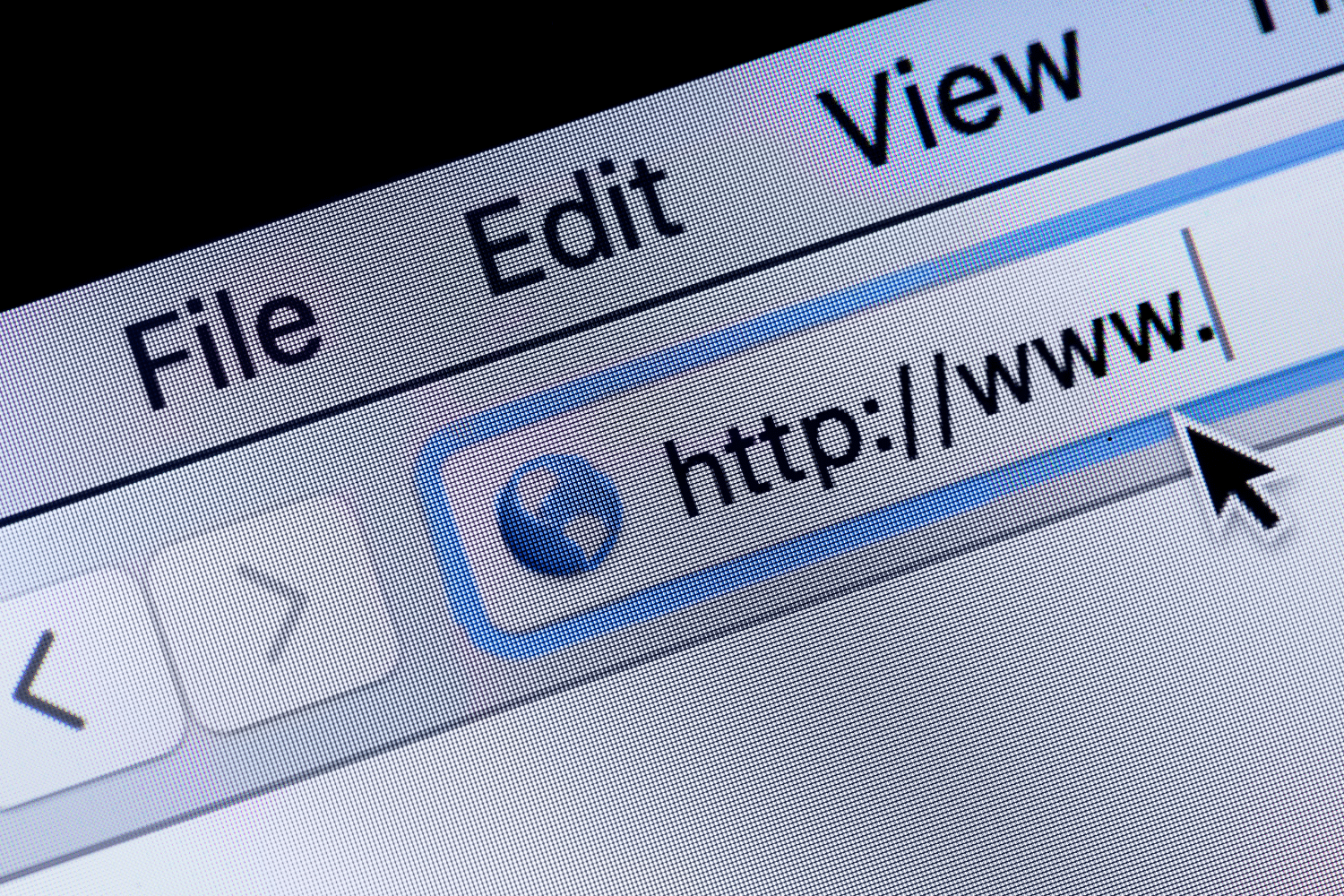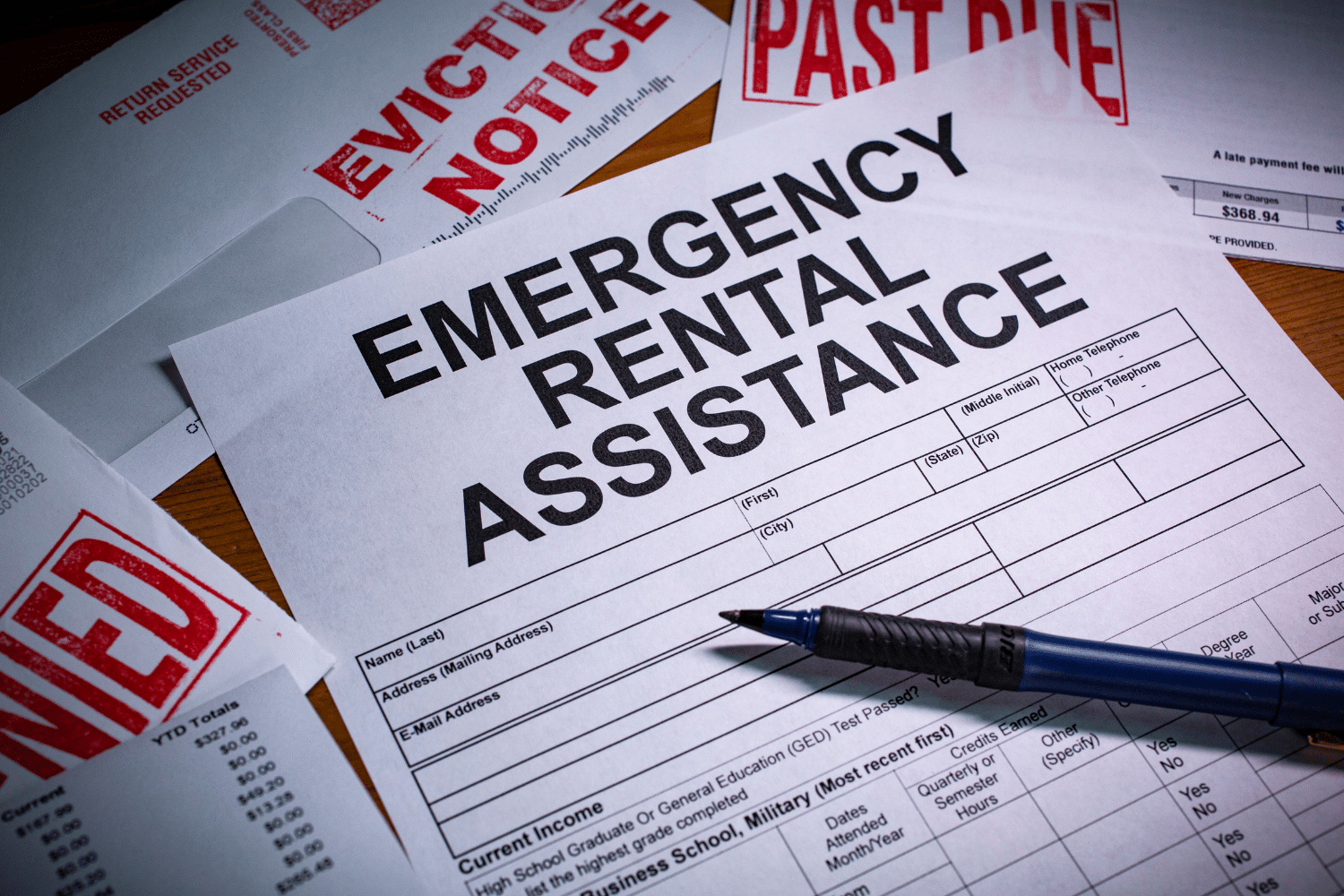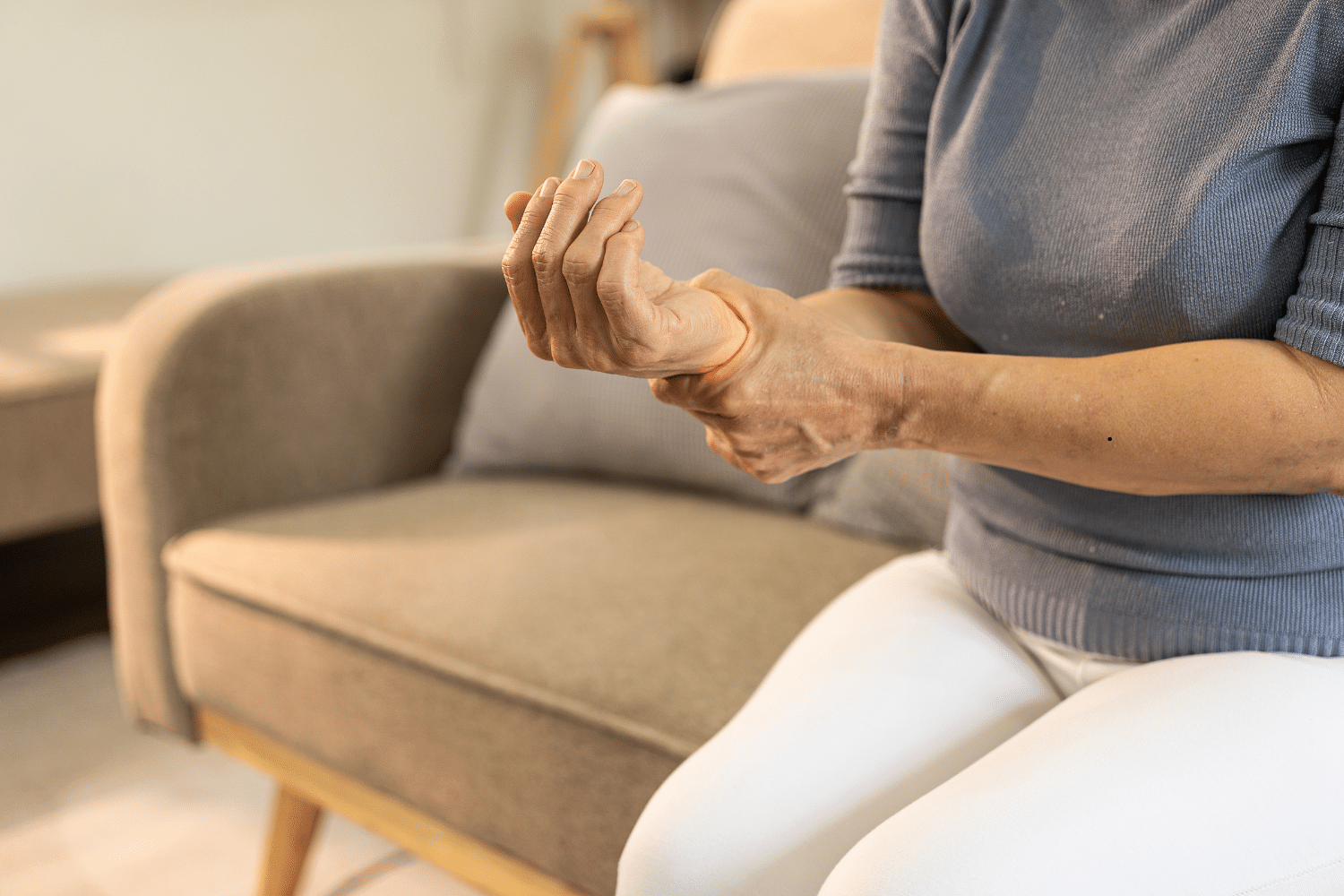Navigating the process for free Lifeline cell phones doesn’t need to be complicated. If you’re on a tight budget, this federal program can help you reduce or eliminate the cost of your cell phone and service. This article breaks down eligibility, the application steps, and selecting a provider, equipping you with the knowledge to get started with Lifeline quickly.
Key Takeaways
- The Lifeline program provides low-income households with a monthly discount of up to $9.25 on phone, internet, or bundled services, and offers free cell phones through specific providers, with additional benefits for those residing on Tribal lands.
- Eligibility for Lifeline depends on income level being at or below 135% of the Federal Poverty Guidelines or participation in federal assistance programs, with similar but expanded eligibility for the Affordable Connectivity Program (ACP), which provides further internet service discounts and device support.
- Lifeline applicants can apply through the National Verifier, must recertify annually, and are subject to a one Lifeline discount per household rule, prohibiting multiple discounts and ensuring benefits target eligible users.
Understanding Lifeline: A Federal Benefit Program

Lifeline, a federal benefit program, is a federal program dedicated to granting low-income individuals affordable connectivity to prevent them from missing out on the opportunities and security that come with being connected. The program is specifically designed to suit the needs of qualified low-income wireless customers, even those living on Tribal Lands. This lifeline to the digital world is funded by the Universal Service Fund.
The lifeline benefit extends beyond just a financial discount. It has the potential to connect you with potential employers, healthcare services, and your loved ones. But who exactly is eligible for these Lifeline benefits? Here are the criteria.
Eligibility Criteria
Eligibility for the Lifeline program is determined either through the applicant’s income level or their participation in specific government assistance programs. If your gross household income is at or below 135% of the Federal Poverty Guidelines, you’re eligible for the Lifeline program. Additionally, if you participate in federal assistance programs such as SNAP, Medicaid, SSI, Federal Public Housing Assistance, and Veterans and Survivors Pension Benefit, you automatically qualify for Lifeline.
For residents on Tribal lands, the eligibility criteria expand a bit more. Additional qualifying programs for such residents include:
- Bureau of Indian Affairs General Assistance
- Tribally-Administered TANF
- Tribal Head Start
- FDPIR
Having established the eligibility requirements for the Lifeline program, let’s explore the services it offers.
Lifeline Services Offered

The Lifeline program offers eligible consumers a monthly discount of up to $9.25 off phone, internet, or bundled services. But that’s not all. Qualified individuals can receive free cell phones from Lifeline providers such as Life Wireless and Access Wireless.
For individuals residing on Tribal lands, the Lifeline benefits get even better. They receive a larger monthly discount of up to $34.25 and up to a $100 reduction in first-time connection charges. Specific Lifeline providers like Verizon Wireless offer two specific Lifeline monthly rate plans, each priced at $25.00, to cater to the communication needs of eligible participants.
Exploring Affordable Connectivity Program (ACP)

While Lifeline ensures that the communication needs of low-income households are met, the Affordable Connectivity Program (ACP) goes a step further. The ACP program is designed to assist low-income households in covering the costs of broadband service and internet-connected devices, providing them with a valuable form of support. This program aims to level the playing field by enabling everyone, irrespective of their income level, to access the digital world.
Eligibility for ACP is similar to Lifeline. An individual’s income must be at or below 200% of the Federal Poverty Guidelines, or they must participate in federal assistance programs like Lifeline, Medicaid, SNAP, and others. ACP provides a discount of up to $30 per month toward internet service for eligible households, while households on qualifying Tribal lands can receive a higher discount of up to $75 per month.
ACP prioritizes consumer protection, offering services without considering credit status or past debts. The FCC processes ACP complaints, enabling consumers to report issues and find solutions. How does ACP relate to Lifeline? Here’s how.
How ACP Works with Lifeline
The Affordable Connectivity Program (ACP) enhances the Lifeline program in several ways:
- ACP offers a higher monthly discount
- ACP includes the option for internet-connected devices
- ACP grants consumers the flexibility to select their provider and service plan
Unlike Lifeline subsidies, which are tied to specific plans and carrier eligibility, ACP provides more options for consumers.
ACP’s technology-neutral policy invites many providers to join, allowing diverse services to qualify for support. Unlike Lifeline, funded by fees on phone bills, ACP relies on congressional funds, spreading costs via taxes.
To benefit from ACP, consumers must confirm eligibility with the national verifier, then show this to a participating provider for discounts.
Finding the Right Lifeline Provider
Choosing the right Lifeline provider is a critical step in the process. First, you must ensure that the Lifeline cell phone provider offers service in your area and provides the Lifeline benefit. But that’s just the beginning. You also need to select a provider that aligns with your service and device requirements, as this is essential to meet your specific communication needs.
One of the advantages of the Lifeline program is that it offers flexibility. Beneficiaries have the right to transfer their Lifeline benefit to a new company at any time, giving them the freedom to choose a provider that best suits their needs. But which providers participate in the Lifeline program? Here are some examples:
- AT&T
- Verizon
- T-Mobile
- Sprint
- Boost Mobile
- Assurance Wireless
- SafeLink Wireless
- Q Link Wireless
These are just a few of the many providers that participate in the Lifeline program.
Participating Providers

There are several participating Lifeline providers, each offering different services. For instance, Verizon offers Lifeline plans that include home phone service, wireless, and Fios Home Internet. Verizon, having acquired TracFone, offers Lifeline services through SafeLink Wireless and Walmart Family Mobile on prepaid phones.
Both SafeLink Wireless and Walmart Family Mobile, as TracFone’s Lifeline services, have dedicated contact numbers for assistance.
Maximizing Your Lifeline Benefits
As the Lifeline program provides a digital lifeline, it’s crucial to uncover how to best utilize these benefits. Lifeline provides up to a $9.25 monthly discount on service for eligible low-income subscribers, and up to $34.25 per month for eligible subscribers on Tribal lands. Subscribers may receive a Lifeline discount on either a wireline or a wireless service, but not on both services at the same time. It’s important to note that the Lifeline program prohibits more than one Lifeline service per household, which includes both a monthly service discount and a device discount.
To maximize Lifeline benefits, ensure that your household income is at or below 135% of the Federal Poverty Guidelines, which vary based on household size and state. You can also qualify for Lifeline through participation in federal assistance programs such as SNAP, Medicaid, Supplemental Security Income (SSI), Federal Public Housing Assistance (FPHA), or Veterans Pension and Survivors Benefit. Additionally, residents living on Tribal lands can qualify for Lifeline with an income at or below 135% of the Federal Poverty Guidelines or through additional programs like Bureau of Indian Affairs General Assistance and Tribal TANF. But what about the one Lifeline discount per household rule?
One Lifeline Discount Per Household Rule
The Lifeline program restricts to one wireless or wireline account per household. A household includes people living together, sharing income and expenses. It offers one service and one device discount monthly. A household encompasses individuals at the same address, acting as an economic unit.
If there’s more than one household at an address, Lifeline applicants may be asked to complete a one-per-household worksheet to determine this. Federal rules prohibit subscribers from receiving more than one Lifeline service, and if a household currently has more than one Lifeline-discounted service, they must de-enroll from the additional services immediately. Violation of the only one Lifeline discount per household rule may lead to penalties, including criminal and/or civil repercussions. It’s important to remember that there is only one Lifeline discount allowed per household.
The Lifeline Application Process

The Lifeline application process is simple. First, check your eligibility by clicking ‘Get Lifeline’ on the USAC’s website. You can apply for Lifeline in several ways.
- Online through the NV consumer portal
- By mail
- Through a phone or internet company’s enrollment process, which may include signing up through their website.
After qualifying, you must choose and sign up with a phone or internet company that offers Lifeline benefits. You could choose a new provider or apply the benefit to existing services. During the application process, you’ll need to submit your name, date of birth, the last four digits of your SSN or Tribal ID number, and your home address. This can be done either online or by mailing a printed application along with proof documentation to the Lifeline Support Center. But what about the national verifier?
National Verifier
Lifeline eligibility must be verified through the National Verifier (NV), except in the states of California, Oregon, and Texas, which have their own systems for eligibility verification. Both the Affordable Connectivity Program (ACP) and Lifeline use the National Verifier system to confirm eligibility, which aids in reducing the potential for fraud and abuse in these programs.
The National Verifier rolled out in phases across states and territories for centralized eligibility checks. Now, it’s available everywhere. After approval by the National Verifier, what’s the next step?
Recertification
Being a Lifeline beneficiary is not a one-off event. The program mandates annual recertification to verify ongoing eligibility. This step guarantees that Lifeline benefits continue to reach only those who meet the criteria.
Consumers must recertify for Lifeline benefits annually and keep their personal information up to date to maintain their eligibility. This process ensures that the support provided by the Lifeline program is directed to those who need it the most.
Summary
In conclusion, the Lifeline program and the Affordable Connectivity Program (ACP) provide a crucial lifeline to the digital world for low-income households. By understanding the eligibility criteria, the benefits offered, and the application process, you can take full advantage of these programs. Remember, staying connected is not a luxury but a necessity in today’s digital age. So, don’t let monetary constraints hold you back. Apply for these programs today and bridge the digital divide.
Frequently Asked Questions
The best free government cell phone providers include Assurance Wireless, Safelink Wireless, Access Wireless, Q Link Wireless, and more. These companies offer reliable services and phones without requiring a monthly fee.
Yes, the California LifeLine Program provides discounts on cell phone services to qualified households, helping consumers lower the cost of their phone bills.
To get a free government phone in Mississippi, you may be eligible if you participate in programs such as SNAP, Medicaid, SSI, or FPHA.
Assurance Wireless gives new customers a free Android smartphone on the T-Mobile network, along with free monthly calls, texts, and data. It does not require any credit checks.
To be eligible for the Lifeline program, individuals must have a gross household income at or below 135% of the Federal Poverty Guidelines or participate in specific federal assistance programs. Additional qualifying programs are available for residents on Tribal lands.








